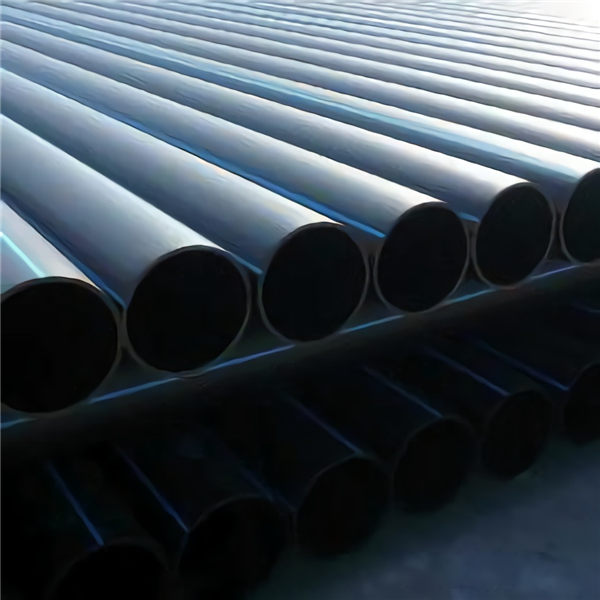oct. . 10, 2024 23:22 Back to list
HDPE Water Supply Piping System for Efficient and Reliable Water Distribution Solutions
The Advantages of HDPE Water Supply Pipes
High-Density Polyethylene (HDPE) pipes have become increasingly popular for water supply systems due to their remarkable properties and numerous advantages. With the global demand for efficient and durable water distribution solutions rising, HDPE pipes have emerged as a preferred choice for both urban and rural applications.
Durability and Longevity
One of the standout features of HDPE pipes is their exceptional durability. Made from high-density polyethylene, these pipes are resistant to a variety of environmental conditions, including corrosion and impact. Unlike traditional materials such as iron or PVC, HDPE does not rust, decay, or corrode over time, which significantly reduces maintenance costs and increases the longevity of the pipeline. A properly fitted and installed HDPE water supply pipe can last for over 50 years, making it a cost-effective solution for municipalities and industries alike.
Flexibility and Ease of Installation
Another significant advantage of HDPE pipes is their flexibility. This characteristic allows them to bend and maneuver around obstacles during installation, reducing the need for extensive excavation or disruption of existing infrastructure. As a result, the installation process is often quicker and less labor-intensive compared to rigid piping systems. Additionally, HDPE pipes can be joined using various methods such as electrofusion or butt fusion, creating a seamless connection that enhances overall system integrity and reduces the risk of leaks.
Lightweight and Cost-effective
hdpe water supply pipe

HDPE pipes are notably lighter than traditional materials, which further simplifies handling and transportation. The reduced weight not only lowers shipping costs but also minimizes the physical strain on workers during installation. Moreover, the installation of HDPE water supply pipes can be performed with less equipment, which leads to additional savings in labor and machinery costs. When calculating the total lifecycle costs, the initial investment in HDPE systems often proves to be more economical over time.
Environmental Benefits
In an era where environmental sustainability is paramount, HDPE pipes are a favorable choice. They are made from recyclable materials and can be recycled at the end of their life cycle, contributing to a circular economy. Furthermore, HDPE pipes are manufactured with a lower carbon footprint compared to some traditional materials. Their smooth interior surface helps reduce friction loss during water flow, enhancing overall energy efficiency and reducing the amount of energy required for pumping.
Resistance to Climate Impacts
HDPE pipes also exhibit excellent resistance to various climatic factors. They can withstand temperature fluctuations without becoming brittle or weakened, making them suitable for a wide range of climates — from extremely hot to freezing temperatures. This resilience is essential for maintaining a reliable water supply in diverse geographic regions.
Conclusion
In conclusion, HDPE water supply pipes present a multitude of benefits, including durability, flexibility in installation, lightweight properties, cost-effectiveness, environmental sustainability, and resilience to climate impacts. As water supply infrastructure continues to evolve, the adoption of HDPE pipes is likely to increase, ensuring a reliable and efficient distribution system for communities worldwide. With their numerous advantages, HDPE pipes represent a forward-thinking solution for modern water supply challenges, paving the way for a more sustainable future.
-
PVC Transparent Sheet Roll - Durable & Flexible PVC Plastic Sheet Roll for Industrial & Home Use
NewsJun.24,2025
-
High-Quality PVC PPR Pipes and Fittings Durable ERA PPR Solutions
NewsJun.10,2025
-
High-Quality Large HDPE Sheets & Large Diameter PVC Pipe Durable Large PVC Pipe Supplier
NewsJun.10,2025
-
High Density Polyethylene Cutting Board - Durable & Food Safe
NewsJun.09,2025
-
3 Inch PVC Pipe for Durable Irrigation Affordable & Reliable
NewsJun.09,2025
-
Premium PPR Plastic Water Pipe Fittings - Durable & Leak-Free
NewsJun.09,2025

